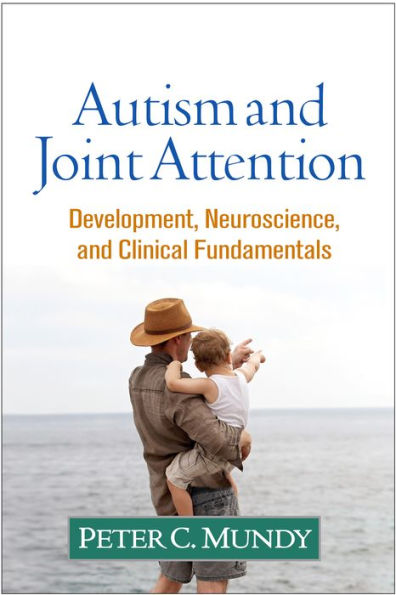5
1
9781462525096



Autism and Joint Attention: Development, Neuroscience, and Clinical Fundamentals available in Hardcover, eBook

Autism and Joint Attention: Development, Neuroscience, and Clinical Fundamentals
- ISBN-10:
- 1462525091
- ISBN-13:
- 9781462525096
- Pub. Date:
- 03/01/2016
- Publisher:
- Guilford Publications, Inc.
- ISBN-10:
- 1462525091
- ISBN-13:
- 9781462525096
- Pub. Date:
- 03/01/2016
- Publisher:
- Guilford Publications, Inc.

Autism and Joint Attention: Development, Neuroscience, and Clinical Fundamentals
$59.0
59.0
In Stock

Product Details
| ISBN-13: | 9781462525096 |
|---|---|
| Publisher: | Guilford Publications, Inc. |
| Publication date: | 03/01/2016 |
| Pages: | 350 |
| Product dimensions: | 9.00(w) x 6.00(h) x 1.10(d) |
About the Author
From the B&N Reads Blog
